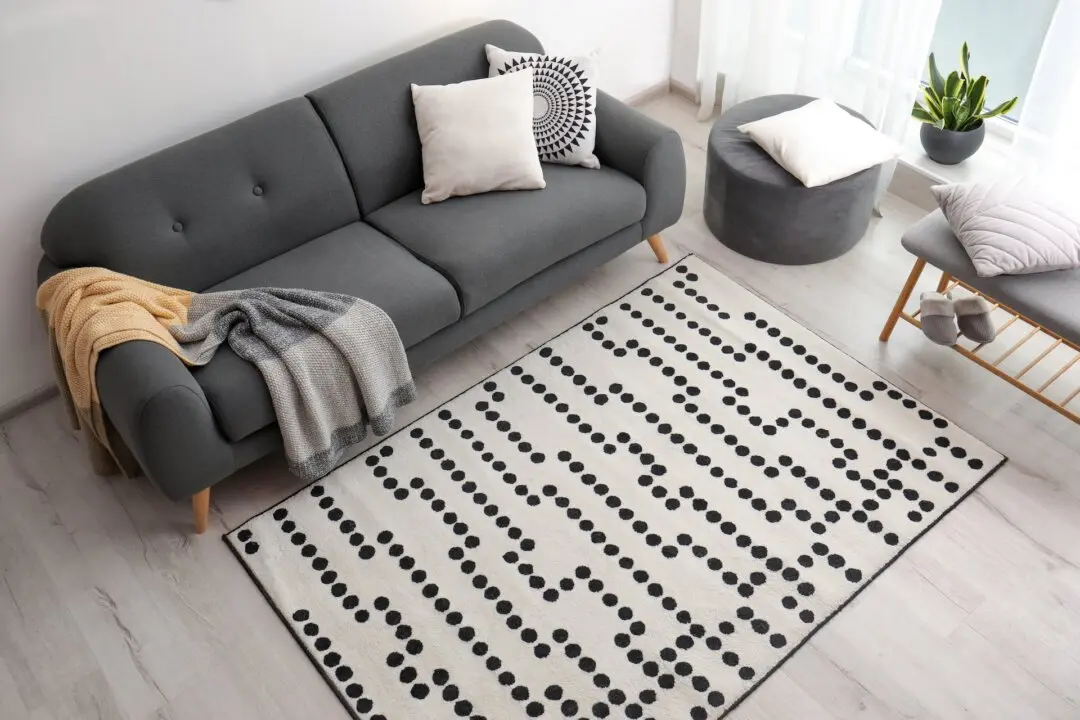Carpets and rugs add comfort, beauty, warmth, and insulation to a home. They reduce noise and cushion slips and falls. They offer design flexibility with their wide range of colors and textures, are easy to install, and are very affordable compared with other materials such as wood and tile. If you choose a dark color or multicolored pattern, they even help hide dirt and small stains between cleanings.
Frequent vacuuming goes a long way toward removing dust, dirt, and allergens. But every so often, those textiles need a full refresh. DIY deep-cleaning is easier than you might think.





